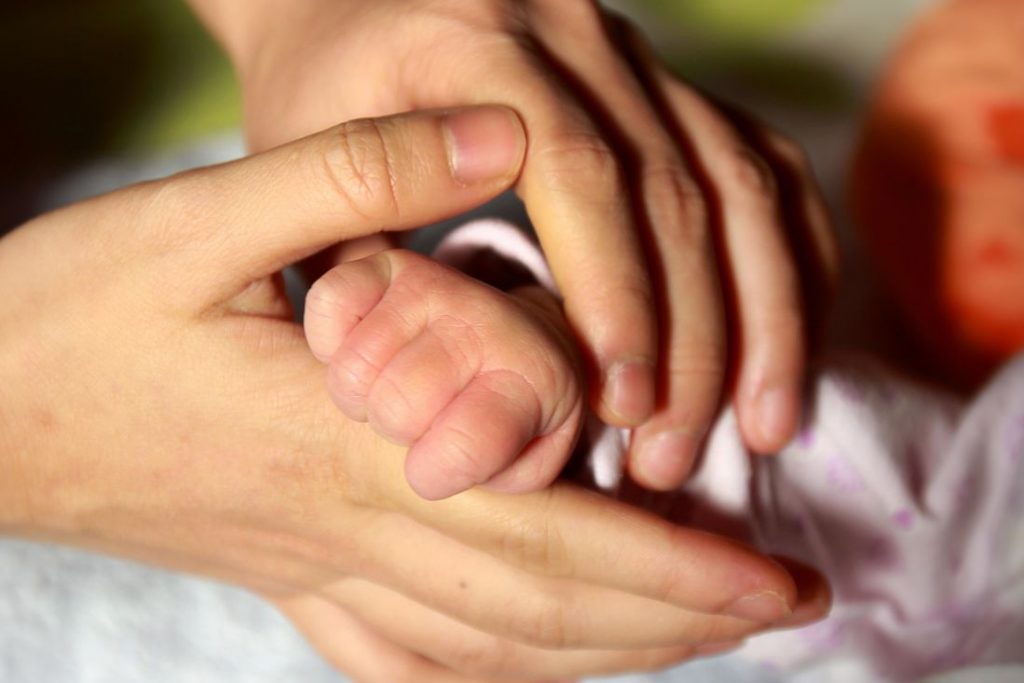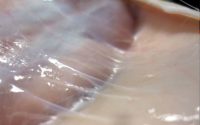Massage improves brain plasticity after peripheral nerve injury
Peripheral nerve injury is a debilitating condition; the injured axons can cause loss of motor, and autonomic functions, which can lead to a deterioration in the quality of life. Surgical repair is the primary treatment; however functional recovery following re-innervation surgery is still not satisfying. Evidence suggests that brain plasticity-based rehabilitation is crucial for the restoration of function.
Massage therapy is commonly used in treating chronic pain and affects the nervous system. Massage therapy also has been found to facilitate nerve regeneration following sciatic nerve transection and repair in rats. There is a hypothesis that suggests that it can modify brain plasticity. However, the underlying mechanism remains unclear.
Research from Shanghai University of Traditional Chinese Medicine conducted research on lab rats. The rats were divided into control, model, sham-massage, and massage groups (n = 8 per group). The control rats did not receive any injury and treatment. The rest of the rats were induced with a peripheral nerve injury by unilateral sciatic nerve transection and direct anastomosis. The injured massage group were then treated over the gastrocnemius muscle of the affected hindlimb with a customized mechanical massage instrument (0.45 N, 120 times/min, 10 minutes daily, for 4 successive weeks). The sham-massage group was provided with an environment similar to the massage groups, but without the mechanical massage treatment.
Resting-state functional magnetic resonance imaging revealed that compared with control rats, after sciatic nerve transection, the amplitude of low-frequency fluctuations in the sensorimotor cortex contralateral to the affected limb was significantly lower. However, the amplitudes were significantly higher in the massage group than in a sham-massage group. The results indicate that massage improves the restoration of local brain activity after peripheral nerve injury
Functions lost in the damaged cortex can be taken over by adjacent regions. The authors suggest that massage provides constant input of peripheral sensory information, which might prevent the corresponding cortex from being occupied by adjacent areas.
These findings suggest that massage therapy facilitated adaptive change in the somatosensory cortex that led to the recovery of peripheral nerve injury and repair.



